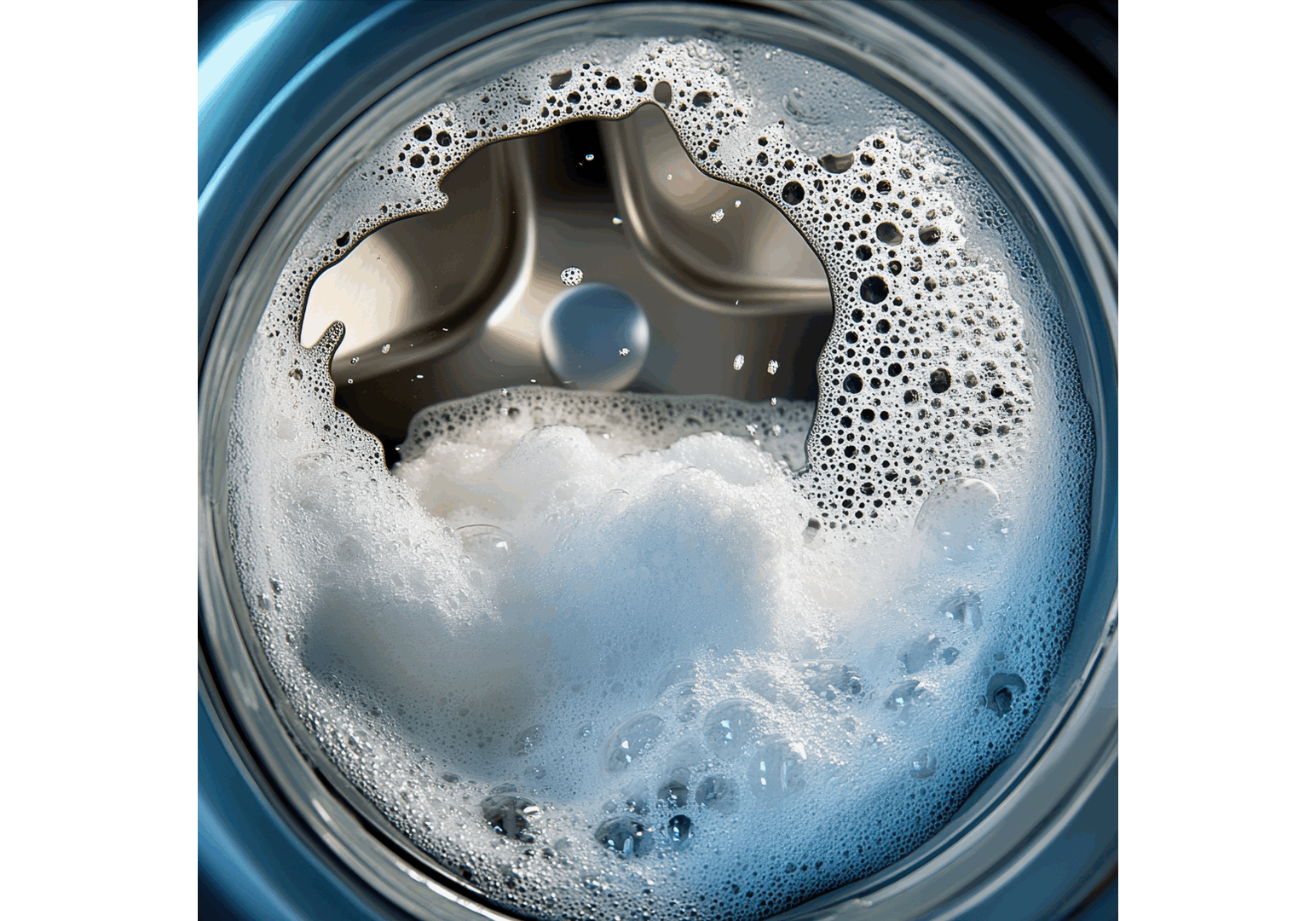Healthcare workers who wash their uniforms at home may be unknowingly contributing to the spread of antibiotic-resistant infections in hospitals, according to a new study funded by De Montfort University, Textile Services Association (TSA-UK) and TRSA.
The new study, titled “Domestic laundering of healthcare textiles: Disinfection efficacy and risks of antibiotic resistance transmission,” was overseen by Professor Katie Laird of De Montfort University Leicester (DMU). It was published on April 30 in the open-access journal PLOS One.
Professor Laird and her team tested home-washing machines and found that even running a hot water setting of 60-degrees Celsius failed to remove potentially harmful bacteria from uniforms.
They tested six different washing machine models to see how well they cleaned fabric swatches contaminated with a bacteria that can cause a variety of health conditions. Half of the machines did not disinfect the clothing during a rapid cycle, while one-third failed to clean sufficiently during the standard cycle.
Many nurses and healthcare workers clean their uniforms at home in standard washing machines, but some studies have found that bacteria can be transmitted through clothing, raising the question of whether these machines can sufficiently prevent the spread of dangerous microbes in both the home and in hospitals.
The team also sampled biofilms from inside 12 washing machines. DNA sequencing revealed the presence of potentially pathogenic bacteria and antibiotic resistance genes. Investigations also showed that bacteria can develop resistance to domestic detergents, which also increased their resistance to certain antibiotics.
Together, the findings suggest that many home washing machines may be insufficient for decontaminating healthcare worker uniforms, and may be contributing to the spread of hospital-acquired infections and antibiotic resistance. Professor Laird and her team want laundry guidelines given to healthcare workers revised to ensure that home washing machines are cleaning effectively. Alternatively, they say, healthcare facilities could use on-site industrial machines to launder uniforms to improve patient safety and control the spread of antibiotic-resistant pathogens.
“Our research shows that domestic washing machines often fail to disinfect textiles, allowing antibiotic-resistant bacteria to survive,” Laird said. “If we’re serious about transmission of infectious disease via textiles and tackling antimicrobial resistance, we must rethink how we launder what our healthcare workers wear.”
Sign Up For Our Newsletter
Receive the latest updates on the linen, uniform and facility services industry from TRSA delivered straight to your inbox.








